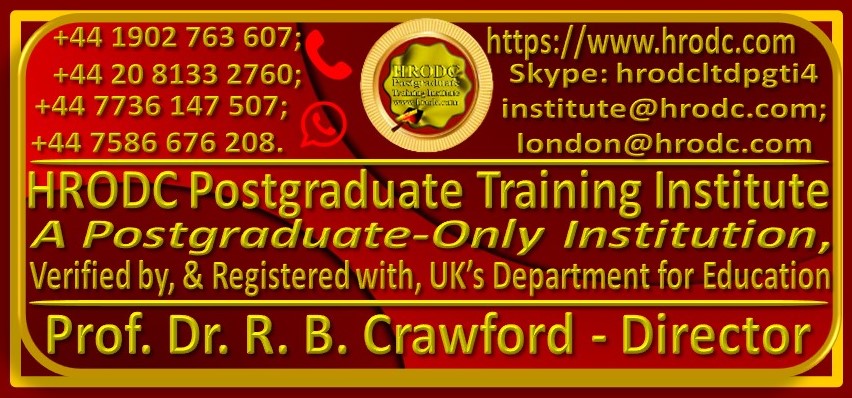|
Mobile Communications Networks’ Infrastructure Security Operation, PG Course |
|||||||||||||||||||||||||||||
Course Co-ordinator:
For Whom This Course is Designed This Course is Designed For:
Course Contents, Concepts and Issues
Evolution and Components of Mobile Communications
Part 1 - The First Mobile Generations (1G to 2.5G)
Part 2 - Wireless Second and Half Generation (2.5G)
Part 3 - Third Mobile Generations (3G) Networks
Part 4 - WiMAX (Worldwide Interoperability for Microwave Access) and Short Range Wireless Network
Part 5 - 4G Wireless Network
Part 6 - 3GPP Mobile Communications: Long Term Evolution (LTE) or System Architecture Evolution (SAE)
Security and Protection of Mobile Communications Part 7 - Security from GPRS Towards 3G Mobile Telephone Network Data Services (1)
Part 8 - Security from GPRS Towards 3G Mobile Telephone Network Data Services (2)
Part 9 - Security and Service Provision Models for 4G Wireless Networks
Part 10 - Advanced Authentication Model for 4G wireless networks
Part 11 - Long Term Evolution (LTE) Security Architecture
Part 12 - Threats to Long Term Evolution (LTE) Networks
|
|||||||||||||||||||||||||||||
















